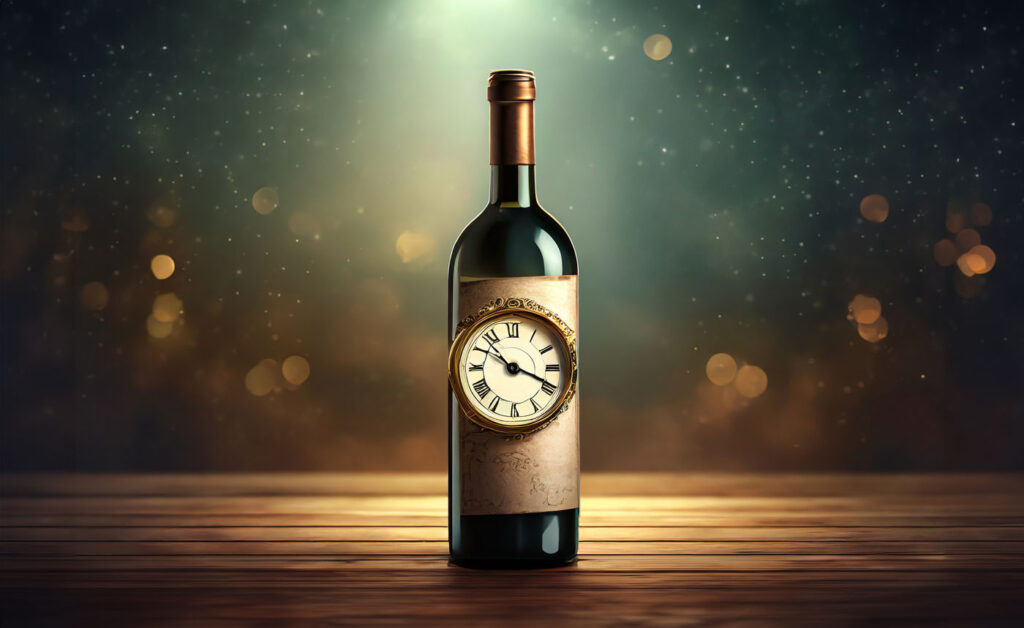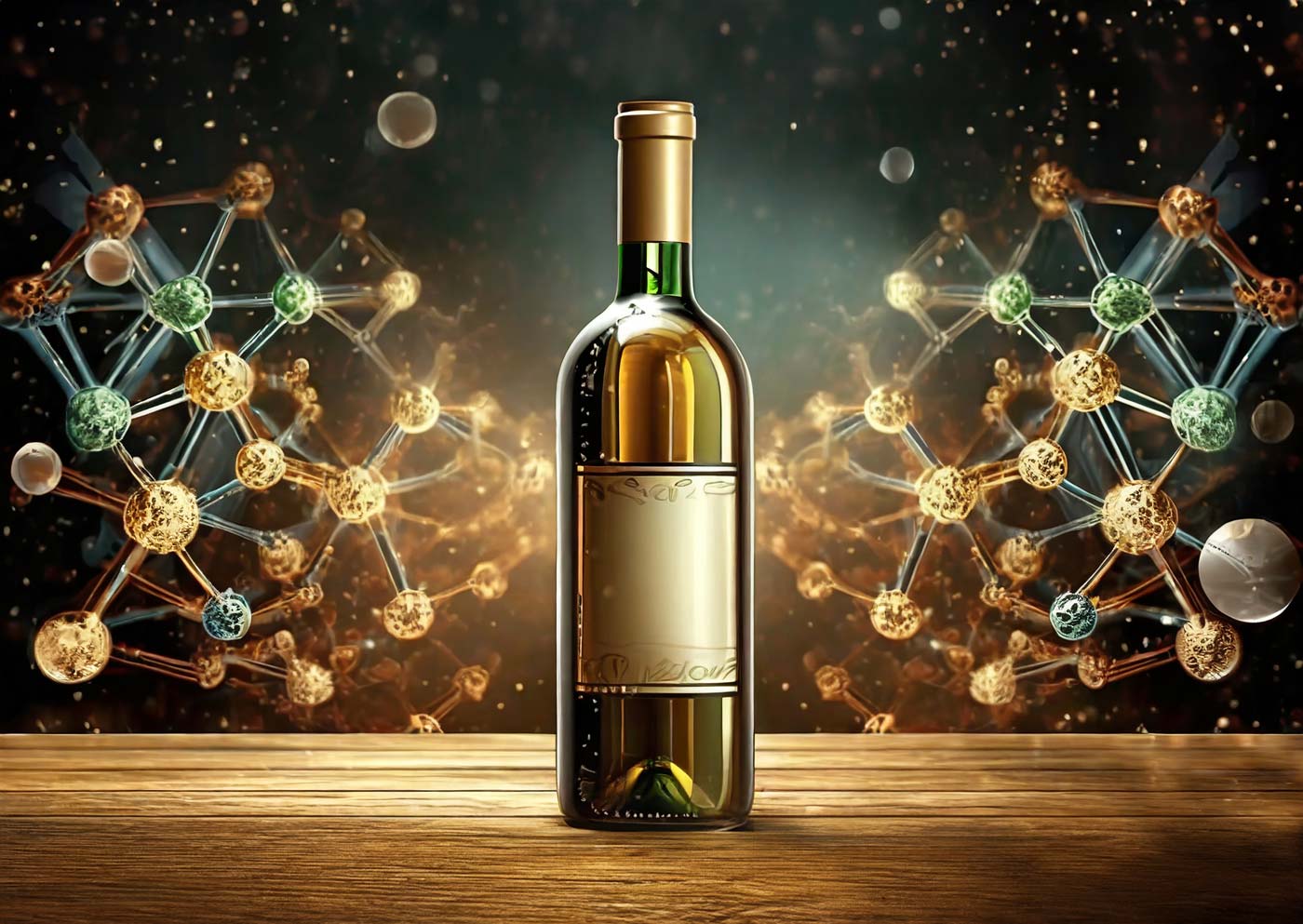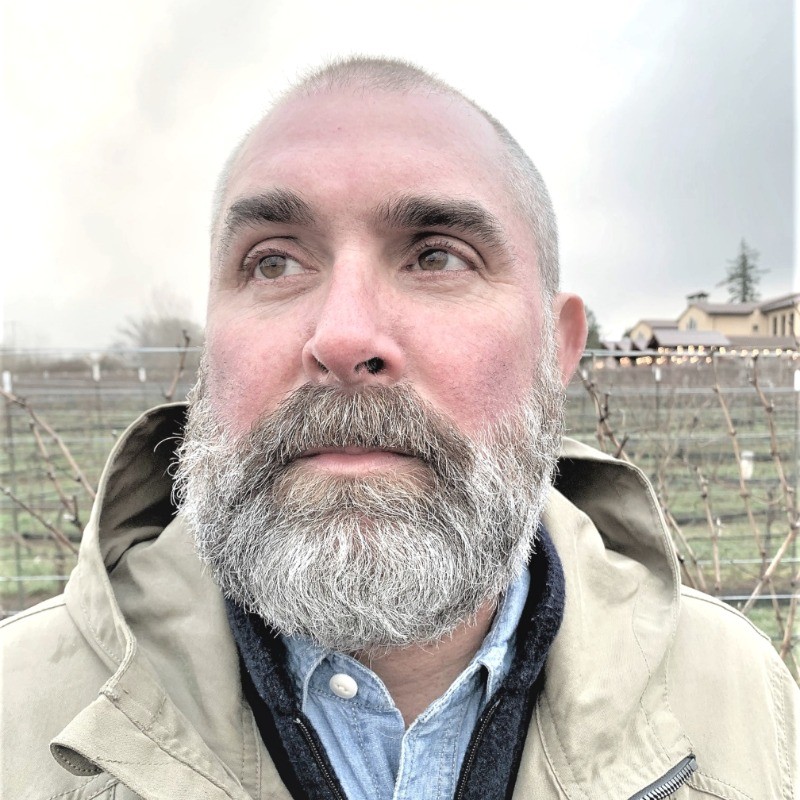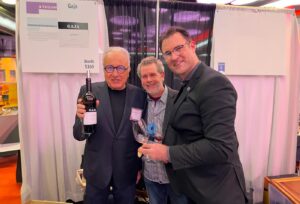The craft of wine is often referred to as finding the balance between art and science. While this is certainly true of most aspects, aging is where the scale tips heavily toward science. This is likely because the process has become increasingly well understood in recent times.
Wine aging refers to the maturation of wine after fermentation, typically in a controlled environment. The goal of is to enhance a wine’s sensory characteristics, such as flavor, aroma, and texture, making it more complex and enjoyable. The process of aging is a complex interplay of chemistry and microbiology, influenced by environmental factors such as temperature, humidity, and oxygen exposure. The container used for aging; oak barrels, stainless steel tanks, or glass bottles, plays a significant role as well. The interaction of these factors is what ultimately defines a wine’s aging trajectory. To get a better understanding of the science behind all of this, we will break down the chemical reactions and environmental variables that contribute to a wine’s transformation and explore each individually.
Chemical Reactions
Oxidation: A double edged sword.
Oxygen, when in contact with wine, plays a vital role in the aging process. Controlled oxidation helps soften harsh tannins and catalyzes the development of pleasing aromas and flavors. However, excessive oxygen contact can lead to undesirable consequences, such as off-flavors, browning, and a loss of freshness. Therefore, winemakers must manage oxygen exposure carefully, particularly during the aging of white wines.
Polymerization: Putting things together
Over time, certain compounds in wine undergo polymerization, the process whereby smaller molecules chemically combine to create larger ones. Tannins, for example, which contribute to a wine’s structure and mouthfeel, become more integrated into the wine as it ages resulting in reduced astringency, aka that ‘dry mouth” sensation. Phenolics, the source of flavor and color also polymerize. This leads to increased complexity and mouthfeel as well as changes in the intensity and shade of the wine.
Acetal: The Goldilocks Effect
Acetals are compounds formed by the reaction of alcohols and aldehydes. As wine ages, aldehydes produced during fermentation react with ethanol, forming acetals. At low levels, these contribute desirable fruity and floral aroma. Higher concentrations, however, impart a rotten apple odor and is therefore considered a defect. Again, careful management pf oxygen exposure during aging is key to staying on the good side of that divide.
Esters: A Fleeting Glimpse
Ester formation occurs when alcohols and organic acids combine, primarily during fermentation. More than 160 have been identified in wine and are typically associated with fruity aromas, citrusy, or floral aromas. Esters tend to be much less stable than the other aromas compounds in wine. They peak in intensity at the end of fermentation but degrade almost entirely over the first year of a wine’s life and leave no long-term imprint. In terms of aging, the ester-based aromas that dominated when a wine was young fade with time to reveal what had been obscured.
Sulfur Compounds: Good Riddance
Young wines often contain volatile sulfur compounds that produce unpleasant aromas reminiscent of rubber or rotten eggs. Through aging, these compounds can react with other components in the wine, leading to the reduction, or outright elimination of these unwanted aromas.
Environmental Factors
Temperature: Keep It Cool
Temperature plays a significant role in the pace or rate of wine aging. Generally, cooler temperatures slow down chemical reactions and microbial processes, while warmer temperatures accelerate them. Winemakers often age their wines in temperature-controlled environments to maintain consistency and predictability in the aging process.
Humidity: Make it Moist
Relative humidity in the aging environment can affect the wine’s aging rate by influencing the moisture content of barrels and/or corks and, subsequently, the potential for oxygen transfer. Cork shrinks when it dries out, reducing its effectiveness as a bottle closure. Barrel wood also shrinks when dry, allowing oxygen to enter between the staves. High humidity prevents this, allowing more precise control of oxygen infiltration. As we discussed above, managing oxygen exposure is the key to encouraging positive chemical reactions as well as preventing unwanted ones. Of course, like everything else, balance is crucial. Too much humidity can lead to mold growth and label damage.
Light and Vibration: Handle With Care
Exposure to ultraviolet (UV) light can be detrimental to wine, causing the premature aging of white wines and the development of off-flavors. This is why the best cellars are dark. Additionally, vibration can disturb the sediment in bottles and affect the aging process, which is why they’re underground.
Aging Vessels
Barrels vs. Stainless Steel:
This is a major consideration when aging a wine prior to bottling. Much of the preceding examination of the Science of Aging stressed the role of oxygen. Barrels are made of wood, which is permeable. Oxygen can pass through it to the wine inside, catalyzing the reactions necessary for aging. Stainless steel is impermeable, wine inside a container made from it will not be exposed to oxygen and no “aging” will occur.
Bottle Closure: Choose Wisely
Bottles are typically made from glass or plastic, also impermeable. Therefore, the choice of closure, whether cork, screw cap, or synthetic cork, can impact the wine aging process. Corks, as discussed above, allow a small amount of oxygen transfer, which is necessary for the aging process. Some screw caps provide an impermeable seal, great for maintaining freshness but bad for aging. Others have a semi-permeable liner which mimics the oxygen transfer of cork. Synthetic corks tend to the extremes, either entirely air-tight seal or entirely not. Winemakers select closures that align with their aging goals.
Aging Potential: To Keep or Not to Keep
Remembering that the goal is to enhance a wine’s flavors and aromas, the most important determination of a wine’s suitability for aging is a high concentration of both. The second part of that goal is making the wine more enjoyable. The flavors and aromas of all wines will change with time, but not always for the positive. A wine who’s appeal is based on bright fresh flavors, Sauvignon Blanc, for example is not going to get any better than it is on the day you bought it.
Having met that criteria, there are three structural components that also factor strongly in a wine’s ability to age: Tannin, Acid, and Sugar. All three of these preserve, protect and stabilize a wine for its journey. Therefore, a high concentration of one or more is prerequisite.
To translate into real terms: Here are some very broad examples of varieties and regions that can benefit significantly from aging.
While most are enjoyed relatively young, vintage Champagnes can evolve with time, gaining complexity and toasty, brioche-like aromas.
(Also: Traditional Method Sparkling Wines from California, Italy, and Australia)
High-quality examples, particularly those from Germany, can age beautifully. Acidity and sugar content make them ideal candidates, resulting in honeyed, petrol, and mineral notes.
Both red and white are prized for their elegance and ability to age gracefully. Whites often develop nutty, honeyed notes, while reds gain complexity and a silky texture.
(Also: High Quality Chardonnay and Pinot Noir from California and Oregon)
Known for their high tannin content, can age for several decades, evolving from youthful, fruity notes to more complex flavors of dried fruits, tobacco, and earthiness.
(Also: High Quality Cabernet Sauvignon, Merlot and blends from California, Washington, and Chile)
Can age for many years, often reaching their peak after several decades. They develop flavors of dried fruits, spices, and complexity over time.
Amontillado and Oloroso styles are often aged for extended periods, developing a wide range of flavors from nutty and oxidative to sweet and complex.
Upon final reflection, the science behind wine aging underscores a captivating journey during which the interaction of several elements shapes a young fresh quaff into a mature complex sip. Understanding the chemical reactions and environmental variables involved allows winemakers and wine enthusiasts to appreciate the nuances of this intricate process. Wine aging is a testament to the harmonious blend of nature, art, and science, offering us the opportunity to savor the beauty of time’s passage in a bottle.
The Art of Wine Aging






